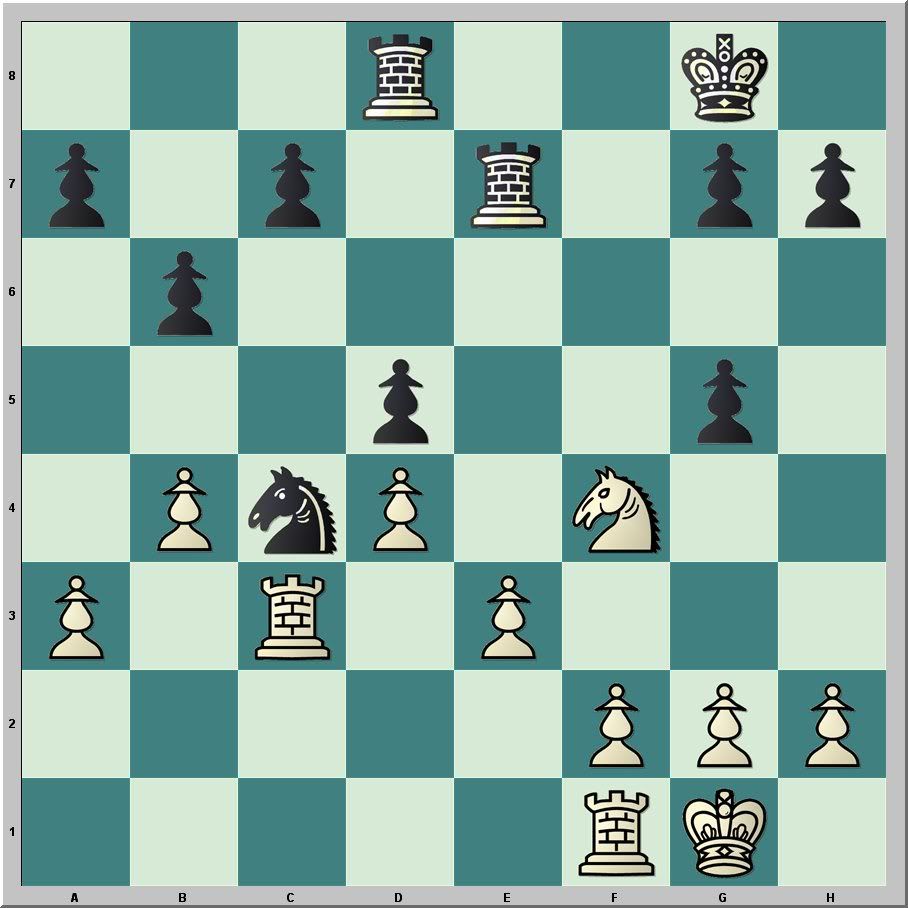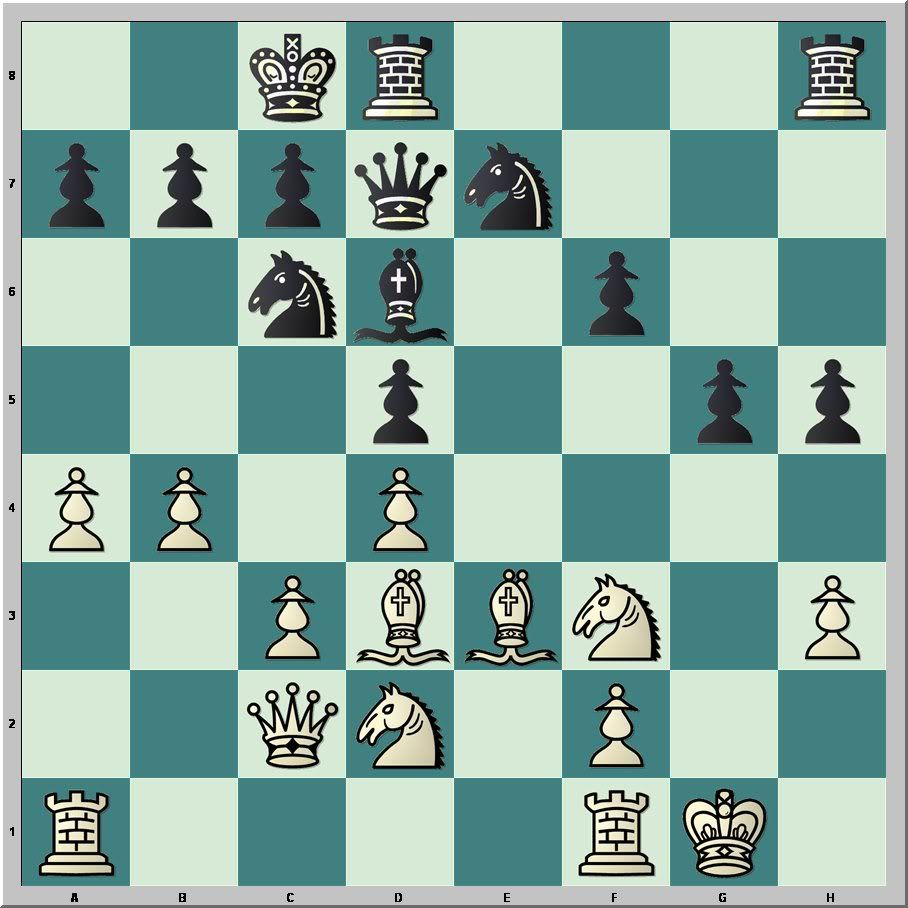A quick search of the
App Store for the Apple iPad shows that more than two dozen chess applications are now available. Certainly many of these are or will become available for the Droid Xoom, Galaxy Tab, and similar devices. With so many choices, how does one select the best value?
I have installed close to a dozen chess programs since I purchased my iPad in late August. Three of these continue to draw my attention nearly every day, one is brand new to me today and remains untested, and one received its first use on Thursday.
Shredder is exceptional,
tChess Pro has features lacking in all the others, and
Chess.com continues their leadership in internet chess.
DinosaurChess looks promising for young players looking to get started in our game (I may blog a review in the not so distant future). That
an app allows my iPad to become a chess clock might prove useful, especially if there were more coffee houses with tables large enough to support a chess set, the iPad, and a couple of cups of java.
Essential Criteria
My major complaint concerning most playing programs for the iPad is that developers usually fail to build a resign feature into the program. After six decades of work among many of the world's leading code writers, we now live in a world where the typical college student taking classes in programming can access the resources to develop new software that plays at master strength. Competent players know when they are beat and gain little from playing on in hopeless positions, but resigning is not an option in any of the free apps that I have tried. Even so
Stockfish deserves mention as possibly the best free chess app. The heart of the program is the Stockfish engine, arguably the strongest free chess engine available on any platform. It is nice to have this software available for the iPad. It does not let me quit when the position becomes hopeless, but it does let me go back a few moves and start anew from there.
Shredder lets me resign, which would be necessary every game if not for its ability to play a weaker game. No computer software programmed to play weak successfully mimics human players at 1100, 1500, 1900, or ratings above, below, and in-between. Even so, at the handicapped playing strength I have battled, Shredder strikes me as more realistic than
Chessmaster. In addition to offering a reasonably decent silicon adversary, Shredder's one thousand tactical puzzles make it worth having. Speed and accuracy both count in its scoring feature. With each puzzle, the user gets to try moves until the correct answer is found, but time and wrong answers reduce the score. A hint feature will flash the piece to move. At 5.99 Euros (I paid just under $8 USD), it is a bargain.
Needs of the Chess Professional
As a part-time chess teacher with an array of printed teaching materials, I pack around a lot of paper. My shoulder bears the weight of
self-published instruction books, often
Dvorestsky's Endgame Manual or other essential texts, and often selections of games printed from databases on my computer. When I want to play the mule, I can always carry my notebook computer along with the chess bag that holds photocopies of lessons I give students for homework. The iPad has lightened my load. My self-published texts are supported by a host of iPad reading apps, the iPad Kindle app library makes
Dvoretsky's Endgame Manual and several other texts accessible another way, and tChess Pro handles databases.
As a playing program,
tChess Pro is a small step, but only a small one, below Shredder. It does permit the necessary resignations, and it can play a reasonable handicapped game. The real value of tChess Pro, however, stems from its control of the market for iPad database software. I know of no competitors. Moreover, if another developer wants to get into this market, he or she will find that the bar is already quite high. With an update that was released last fall, it became possible to upload my own databases. Not only can I drag PGN files into program via iTunes (Apple's back-up and sync system for iPad), but I can open email attachments. It was a wonderful day two weeks ago when I played an instructive game on Chess.com during lunch, emailed the game to myself, and then during the after school chess club was able to reconstruct a critical position from the game and solicit input regarding alternate continuations from the analysis engine. This app is a chess teacher's dream come true. Also worth noting is that my inquiry to developer Tom Kerrigan was answered promptly. I purchased the app for a mere $7.99 USD in early September and wrote asking for the improved database features that as it happened he was then in process of submitting to Apple.
Playing for Fun
Speaking of
Chess.com, their iPad app facilitates playing correspondence style games on their site, or "online chess as it called there." It does not rotate as do most other apps, and the menu seems limited. However, it did not take long for me to discover that the Stats link provides access to all other site features. Moreover, and possibly to my detriment, the lack of flash support in iPad's programming no longer hinders playing live chess through the Chess.com app. I do not recommend one minute play as the screen is far less responsive than a mouse, but imagine the possibilities if you share my addictions. The Chess.com app offers ready access to play against their online computer, their tactics trainer (far superior to the popular Chess Tactics Server in my experience), and video lessons. As a commercial site, Chess.com has limited features for non-paying members, but the iPad app is free. The site offers enough possibilities for free to keep the interest of most aficionados, knowing that in time serious players will crave the benefits of paid membership.




